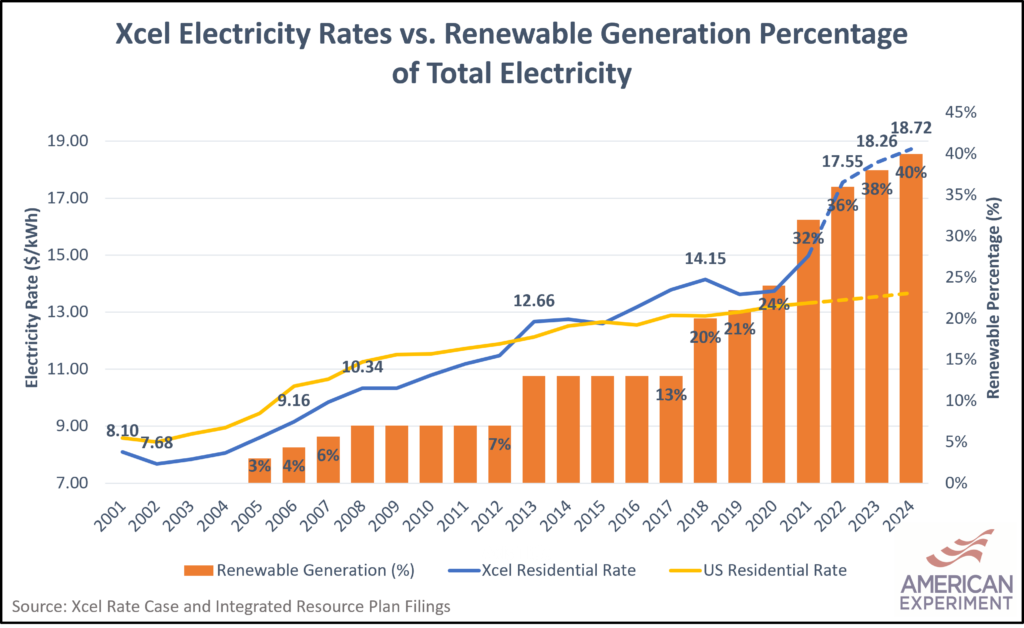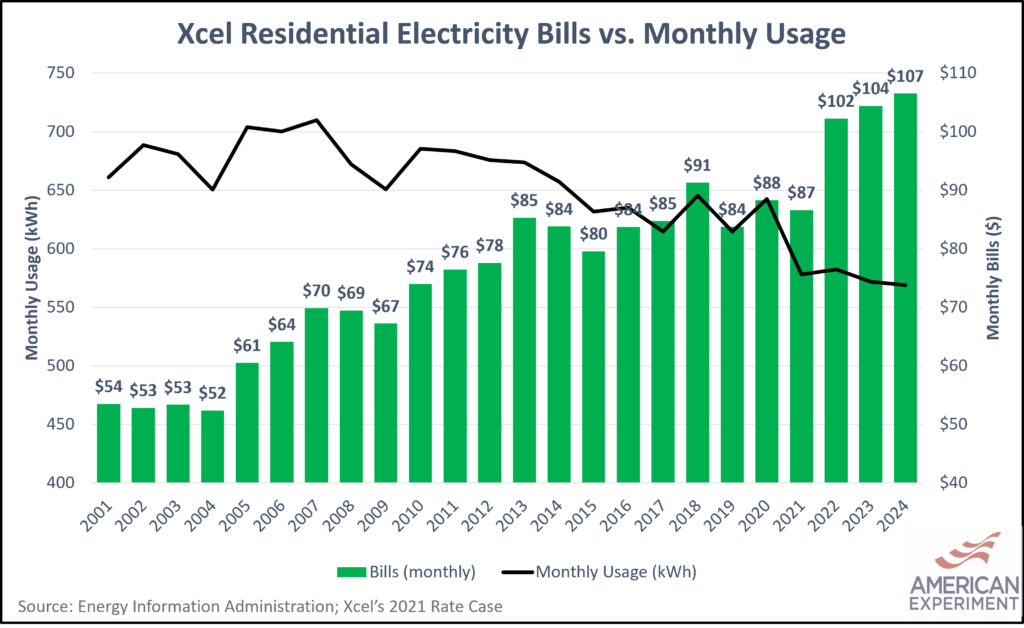After making energy more expensive, Minnesota increases energy assistance payments
The state of Minnesota is increasing energy assistance payments to households this year in the wake of rising energy bills. But this is only treating the symptoms of the bad energy policies state and federal policymakers have enacted over the last two decades.
We need to fix the underlying policies that have made energy more expensive in the first place.
Federal funds increase energy assistance budget
An influx of federal funds has boosted the budget of Minnesota’s energy assistance program by $106 million this year. The Minnesota Department of Commerce has raised the income eligibility requirements to 60 percent of Minnesota’s median income levels. This means a household of four making less than $68,000 will qualify for assistance. In total, around 600,000 Minnesota households, about 25 percent, will qualify for some assistance.
Regardless of your opinion on whether it is good or bad to have an energy assistance program, it is important to clarify that the state and federal governments do not pay for these programs; taxpayers do. This is why we should strive to keep energy costs as low as possible by fixing the harmful energy policies that are making energy more expensive in the first place.
Maybe we should make energy less expensive
Minnesota has enacted energy policies that make keeping the lights on and heating our homes unnecessarily expensive. For example, my colleague Mitch Rolling recently wrote an excellent article showing how wind and solar mandates have increased the cost of electricity for Xcel Energy customers.
The graph below shows electricity prices for Xcel’s residential customers have increased much faster than the national average as the share of renewable energy on Xcel’s grid has grown. This disparity will grow much larger if the company’s proposed 21.2 percent rate increase goes into effect.

Notice how Xcel’s residential electricity rates, shown in the blue line, are almost perfectly correlated with rising amounts of renewable energy generation, shown in the orange bars. Readers should also note the truncated Y-axis on the graph, which we did to index the rates to 2001 prices.
Rising prices would cause residential electricity bills to grow to nearly $110 per month by 2024 — a 66 percent increase since 2006 — even though household electricity usage is expected to drop from slightly more than 700 KWh per month in 2006 to nearly 550 KWh per month in 2024 (projected by Xcel).

Energy policy is also affecting the price of heating our homes with natural gas.
At the national level, the Biden administration froze new oil and gas lease sales on federal lands shortly after President Biden took office. Furthermore, Biden’s proposed “Build Back Better” legislation included new taxes and higher fees paid by natural gas producers.
In Minnesota, natural gas prices are being affected by our decision to close Minnesota’s coal plants before the end of their useful lifetimes and replace them with natural gas plants. This increases the demand for natural gas in the winter, when we need fuel for our furnaces and electricity demand rises.
Rising natural gas demand for electricity generation during the 2021 Polar Vortex is a big reason why Minnesota families will see a massive $350 spike in their heating bills for that week, spread out over 27 months. Unfortunately, gas price spikes become more common as electric companies shut down the remainder of their coal plants in Minnesota.
Liberal politicians are seeking to ease the symptoms of the bad policies they’ve enacted without fixing the underlying problems. Redistributing wealth in the name of energy assistance programs is the wrong way to ease the energy burden on Minnesota families and businesses. Let’s make energy affordable for everyone.